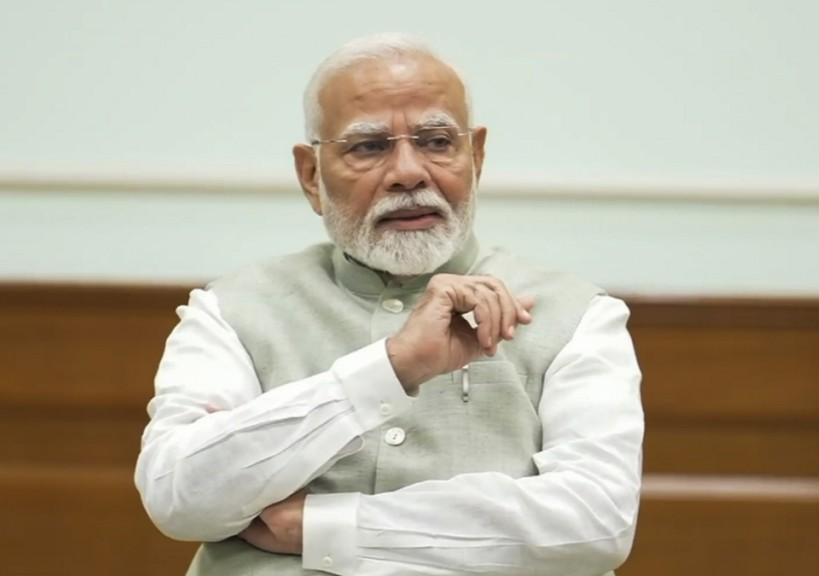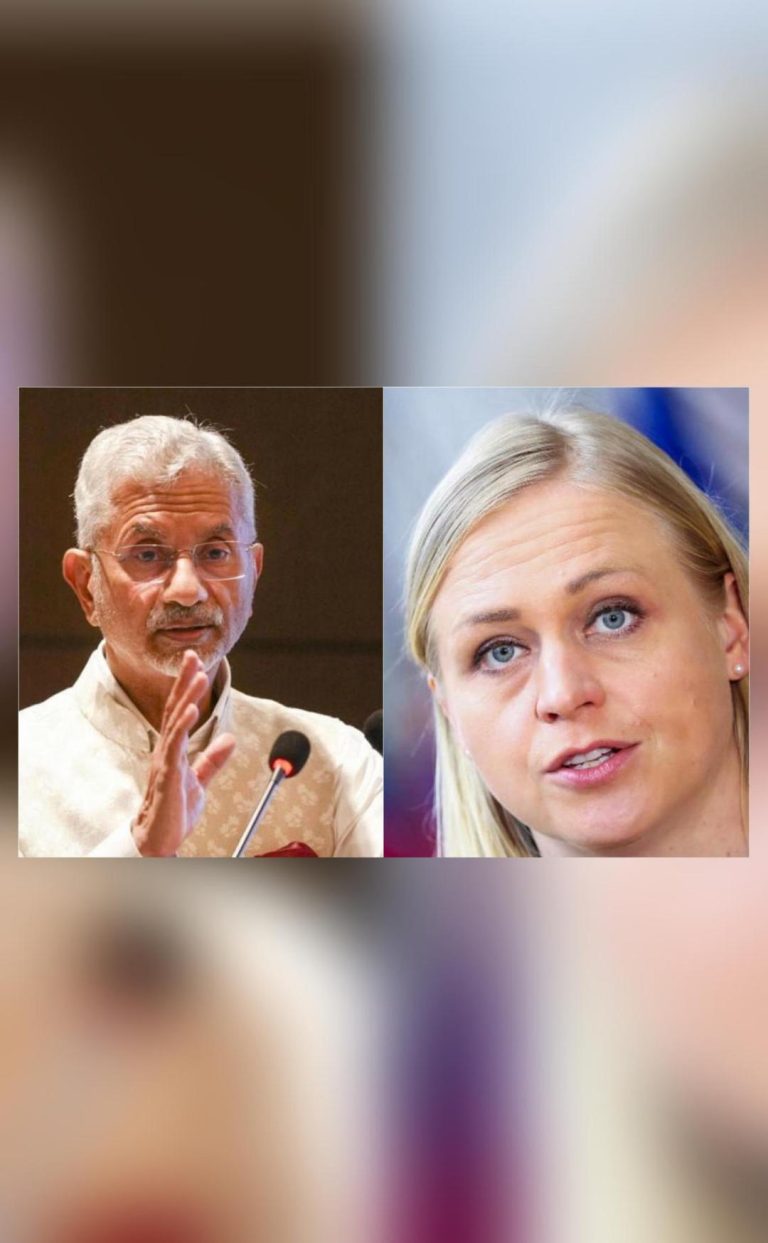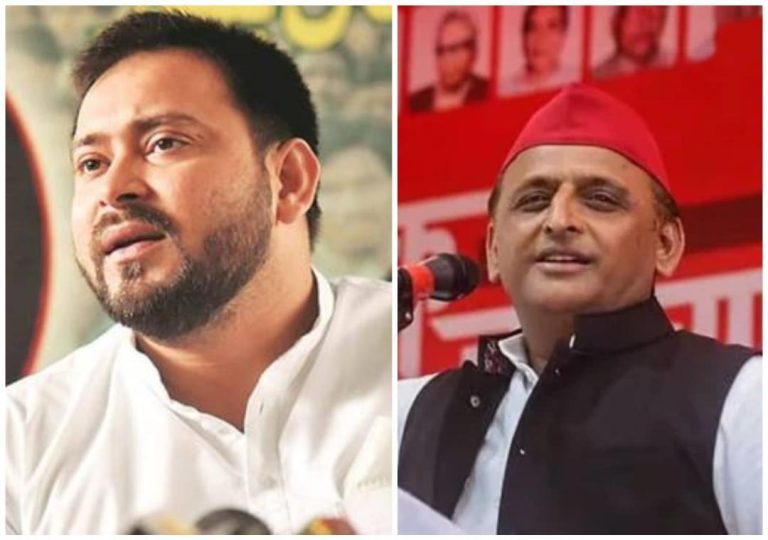
India’s Banks Were on the Brink of Collapse before 2014: PM Modi
When Prime Minister Narendra Modi took office in 2014, India’s banking sector was on the precipice of collapse. The country’s financial institutions were struggling to stay afloat, and every financial summit revolved around the topic of banking losses. However, fast-forward to the present, and India’s banking sector has undergone a remarkable transformation. Today, Indian banks are among the strongest in the world, reporting record profits and providing benefits to depositors.
In a recent statement, PM Modi attributed this transformation to the key reforms implemented by his government. “Before 2014, India’s banks were on the brink of collapse, and every financial summit inevitably discussed banking losses,” he said. This stark contrast highlights the significant strides made by the government in revitalizing the banking sector.
The situation in 2014 was dire. Indian banks were burdened by an estimated Rs 9 lakh crore (approximately $1.2 trillion USD) in bad loans, a staggering amount that threatened the stability of the entire financial system. The country’s banking sector was plagued by poor governance, lack of transparency, and inadequate risk management. The situation was further exacerbated by the lack of effective regulation and enforcement.
The government’s response to this crisis was swift and decisive. In 2015, the Reserve Bank of India (RBI) introduced the Prompt Corrective Action (PCA) framework, aimed at addressing the issue of bad loans. The framework mandated that banks with high levels of non-performing assets (NPA) implement specific corrective measures to improve their financial health.
In addition to the PCA framework, the government implemented several other reforms aimed at strengthening the banking sector. These reforms included the Insolvency and Bankruptcy Code (IBC), which aimed to streamline the process of resolving insolvency cases, and the Banking Regulation Act, which enhanced the regulatory powers of the RBI.
The impact of these reforms has been nothing short of remarkable. Indian banks have reported record profits in recent years, with many of them posting profits for the first time in years. The RBI’s stress tests have also shown that Indian banks are better equipped to withstand economic shocks, having strengthened their balance sheets and improved their risk management practices.
The benefits of these reforms have not been limited to the banks alone. Depositors have also reaped the rewards of these reforms, with many banks offering higher interest rates and better services. The increased confidence in the banking sector has also led to a surge in deposits, with many Indians opting to park their savings in banks rather than in other assets.
PM Modi’s statement highlighting the transformation of India’s banking sector is a testament to the government’s commitment to reform and its willingness to take bold steps to address the challenges facing the sector. The Prime Minister’s assertion that the transformation is a result of key reforms implemented by his government is a matter of fact, as the data and statistics clearly demonstrate the positive impact of these reforms.
In conclusion, the transformation of India’s banking sector is a remarkable achievement that has been made possible by the government’s commitment to reform. From being on the brink of collapse in 2014 to being among the strongest in the world today, Indian banks have undergone a remarkable transformation. The benefits of these reforms are not limited to the banks alone, but have also trickled down to depositors and the broader economy.
News Source: https://x.com/ANI/status/1919776049803800724






